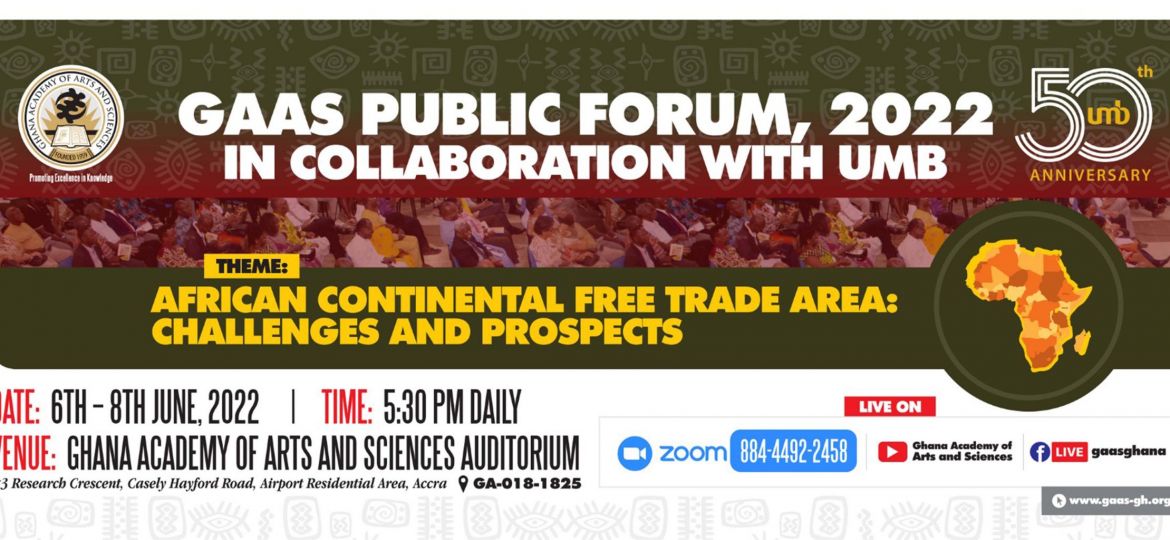Gold ores consist of those that are easy to treat (free-milling) and others difficult to treat (refractory). Cyanide dissolution of gold from refractory carbonaceous ores has attendant serious challenges as the contained natural Carbonaceous Matter (CM) preg-robs dissolved gold leading to a decrease in overall gold recovery, a phenomenon termed preg-robbing. The CM behaves similarly to activated carbon, and thus has strong affinity for the dissolved gold ions (Au(CN)2).
Traditionally, the basic components of an Academic Medical Centre (AMC) are a Medical School, within a university setup, and a health facility which may or may not be university-owned. There may be additional components, including schools for other health professions (dentistry, nursing, pharmacy, allied health professions) and other clinical entities. In situations where the health facilities are not owned by the university, there may be varying levels of affiliations/partnerships for training and research purposes.
The African Continental Free Trade Area is an ambitious trade pact to form the world’s largest free trade area by connecting almost 1.3bn people across 54 African countries. To deepen Africa’s economic integration, the accord intends to create a single market for products and services. The trade area’s aggregate gross domestic product might be over $3.4 trillion but reaching its full potential will necessitate considerable policy reforms and trade facilitation measures across African signatory countries.
About the Speaker MOST REV. PETER K. SARPONG, FGA DD; STL, STD (Rome); Dip. Anthrop, M. Litt (Oxon) Catholic Archbishop Emeritus…
Speaker – Professor Gladys Amponsah, FGA Prof Gladys Amponsah, FGA attended Aburi Girls’ Secondary School in the Eastern Region…
About the Speaker – Professor Richard Frimpong Oppong, FGA Professor Richard Frimpong Oppong, FGA is a Professor of Law at…
Biodiversity is a complex enterprise, encompassing four levels of organization: genes, species, populations and ecosystems. At each of these levels, the vitality of life is initiated, mobilized and maintained to provide form, structure and function. At the gene level are the features of DNA, with units of Nucleotides containing organic bases Adenine, Guanine, Cytosine and Thymine often referred to as the ‘alphabet of life’ to store information and heredity, which are passed on during protein synthesis in the sequencing of amino acids to determine the three-dimensional structure of the protein and which in turn dictates its function. Proteins are basically a string of organic molecules which form the basis of living tissues and play the central roles in all biological processes. At the species level are individuals that share similar characteristics and are distinguished from other individuals. Such individuals with similar characteristics have no barriers in breeding and can exchange genetic material through sexual reproduction. At the population level are different species which interact with each other within the spaces they occupy. Ecosystems refer to the interplay of populations with the physical environment to sustain life. This involves a myriad of interactions that have made Earth habitable for billions of years.


